Why strawberries dry and what to do?
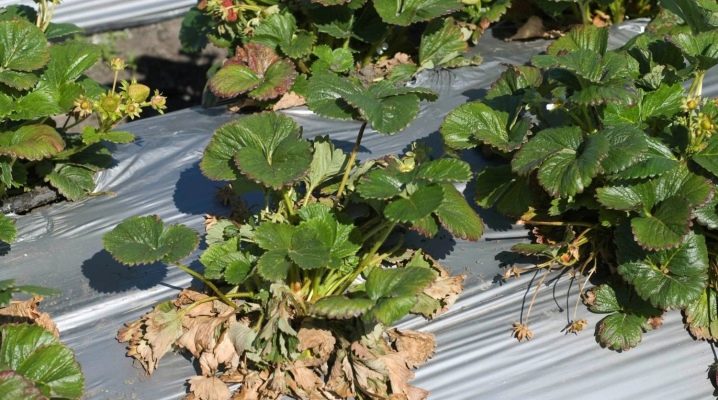
Many people love strawberries. However, it often happens that strawberry bushes begin to wither and dry out unexpectedly. Because of what this can happen and what to do about it, we will tell you in this article.
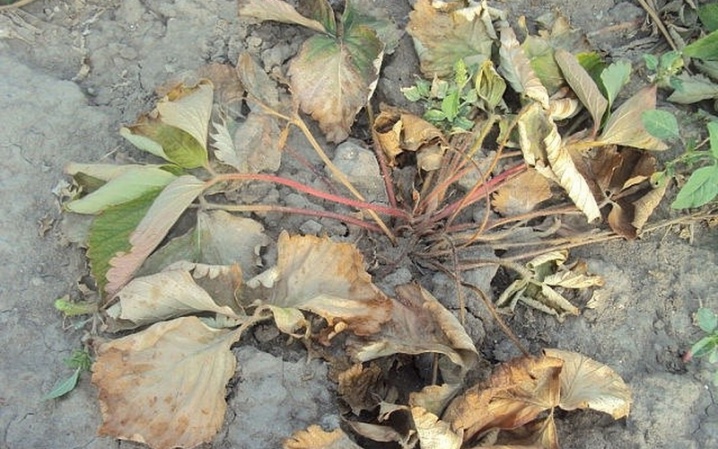
Main reasons
There are many different reasons strawberries can dry out. The most obvious of these are various kinds of diseases and harmful insects.... However, it often happens that the reason lies elsewhere.
So, most often drying of strawberries is a natural process - old foliage simply dies off. On average, a strawberry leaf lives for about three months, after which it gradually fades and dries up. Usually, such foliage is harvested already in August, closer to autumn, leaving only young leaves and keeping the growth point. But if young foliage begins to dry, to which spoiled berries are often attached, then in most cases this indicates a pest or the presence of a disease in the plant.
Another reason the leaves of strawberry bushes dry out is insufficient watering.

Lack of the right amount of moisture can lead to the death of most of the crop. It is quite simple to understand that the plant does not have enough water: the lower leaves curl up and fall down, which is especially evident in the early varieties of the plant, and the ground is covered with cracks.
When watering beds with strawberry bushes, you must be guided by a number of certain rules. Improper watering can also cause dry leaves. So, the plant must be watered before sunrise or after sunset, as well as in cloudy weather. At any other time, watering is allowed to be carried out strictly at the root, while it is necessary to ensure that drops of water do not fall on foliage, flowers and berries. This could burn the plant.
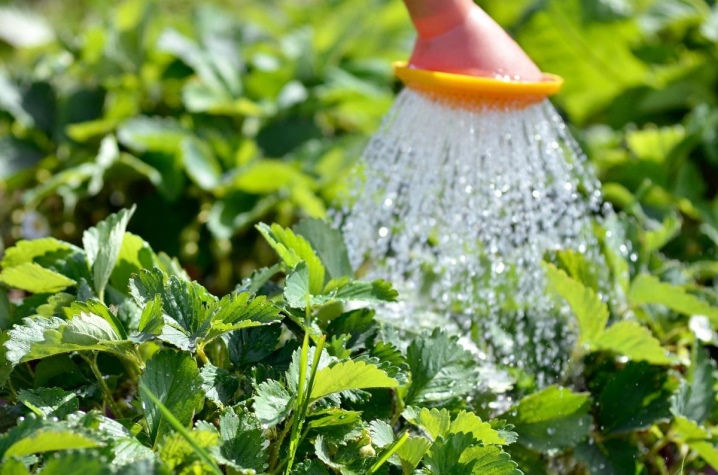
In a warm period, when watering, it is recommended to use settled water that has been warmed up in the sun. Moreover, after each watering, the soil must be loosened up or the mulch must be renewed. This should be done so that a crust does not appear on the surface of the bed.
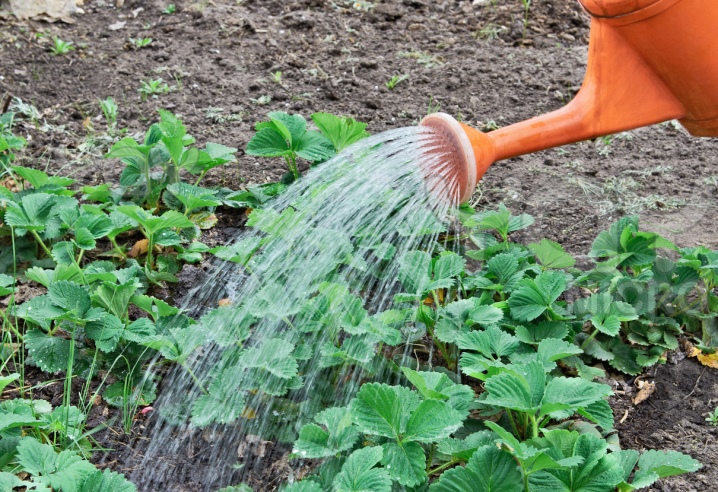
Treatment of diseases
Diseases are one of the most common reasons why planted strawberries die. If you do not fight them, then there is a huge risk of losing all or most of the crop. In addition, the disease may well switch to other plants.
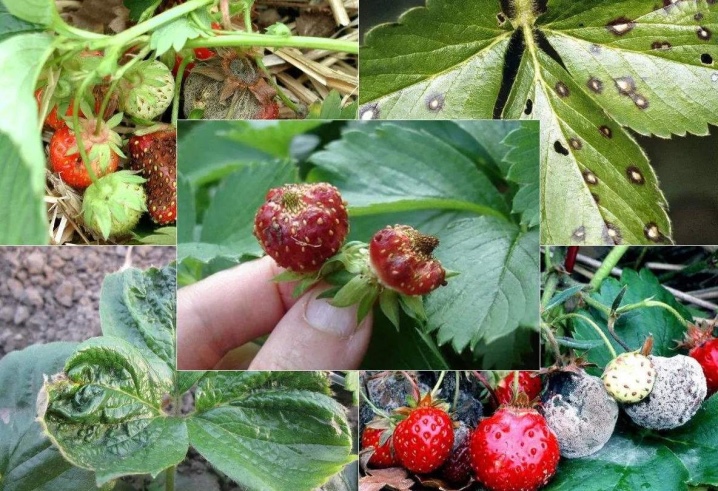
Gray rot
One of the most insidious fungal diseases, the presence of which is evidenced by brown and brown spots on the foliage, which are actively increasing in size. Along the way, you can notice that the berries are also dying: they soften, lose their color, becoming unfit for food, rot, but they continue to hang on the bush. Such berries pull juices from the bush, which subsequently leads to the fact that the leaves dry out. The rotten fruits themselves become covered with gray fluff over time.
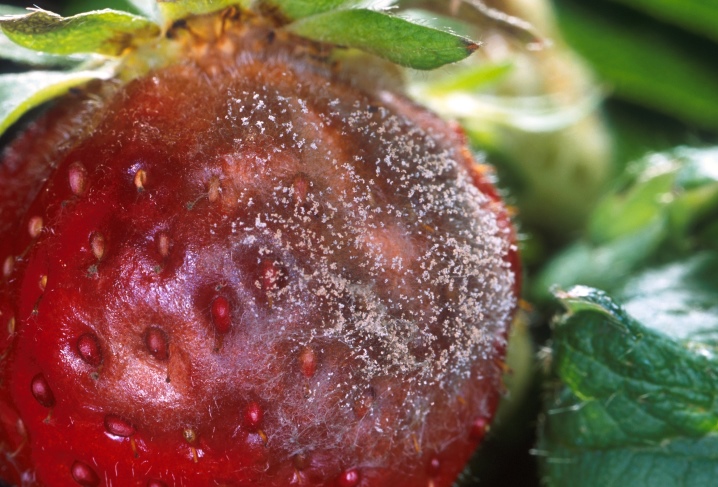
The insidiousness of gray rot lies in the fact that it is simply impossible to find out about its appearance at the initial stages. The bush may look completely healthy, and the fungus that lives in the ground, in the meantime, will precipitate the mature ovaries.
Nothing can be done about this disease, it cannot be treated. If you managed to find it, then the bush must be uprooted and burned, otherwise the rest of the bushes that were healthy will also begin to disappear.
After removing diseased plants, the land must be cultivated, because fungal spores can persist in it for up to 3 years. This can be done with Bordeaux liquid or a weak solution of potassium permanganate.
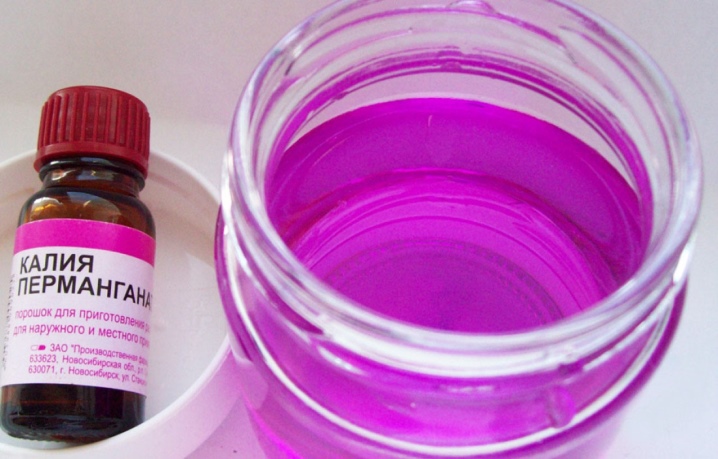
Powdery mildew
Another disease that affects strawberry foliage, and then stems, whiskers and berries. Often this disease occurs during the flowering period of the bush, which subsequently affects the berries: they are formed by curves and lose their taste. Powdery mildew is especially characteristic for those strawberry bushes that are grown in greenhouse conditions. It appears due to insufficient ventilation, which provokes a high level of humidity.
It is possible to determine the presence of this disease in a plant by a white bloom on the foliage, which soon begins to curl, stops growing and falls apart.
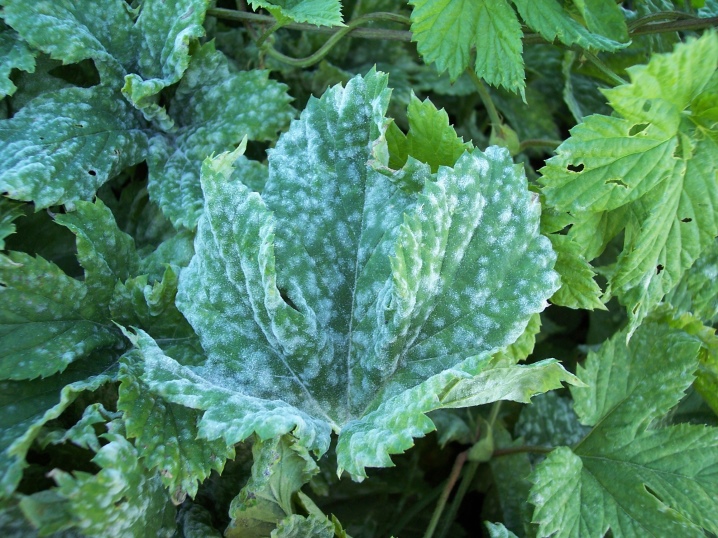
Powdery mildew is treatable... You can fight it with the help of special mixtures made according to folk recipes. So, an iodine-based solution is perfect against this disease, which can be made from 10 milliliters of the main product and 10 liters of water.
A mixture based on milk or whey is also suitable for treating this disease. To do this, you need to dilute the main product with water in a ratio of 1 to 3. Mix all this and water or spray the strawberries using the resulting product.
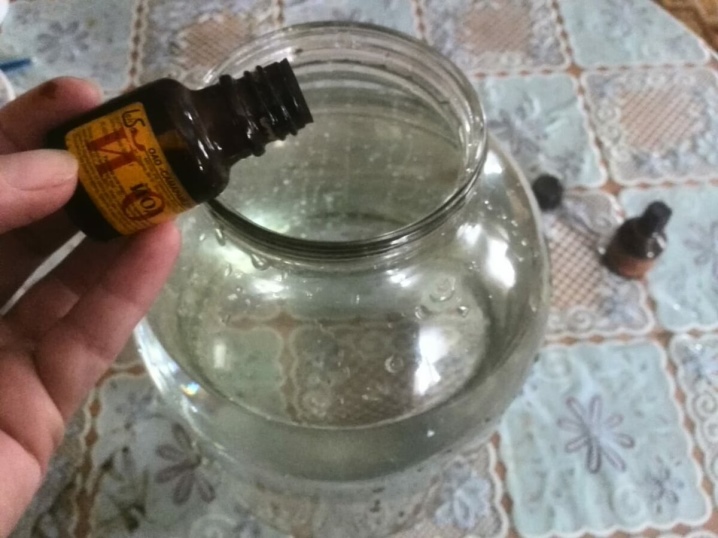
Verticillary wilting
One of the most dangerous fungal diseases. The danger of this disease is that spores of such a fungus are tenacious, they remain in the ground for about 15 years. In addition, it is quite easy to infect other plants with this disease: most often it happens through non-sterile garden tools.
The fact that the plant has picked up this fungus is evidenced by the lower leaves, which are actively drying up. Such foliage usually takes on a brown or brown tint around the edges. Subsequently, the bush dies completely. The disease can also be detected by the petioles, which acquire a reddish tint, as well as by the terrestrial part of the plant, which looks dwarf.
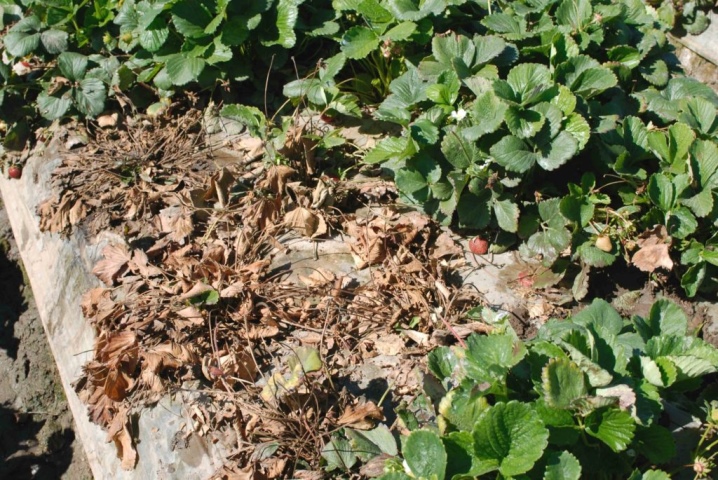
It makes no sense to fight this fungal disease. It is necessary to immediately get rid of the affected plant so that the fungus does not begin to precipitate other bushes.
Diseased seedlings, as a rule, are uprooted and burned. After the destruction of the diseased bush, the land is thoroughly treated with "Fitosporin" or Bordeaux liquid. Please note that these preparations cannot be used during the harvest period.
If we are talking about plants that are grown in a greenhouse, then it is recommended to get rid of the upper earth layer.
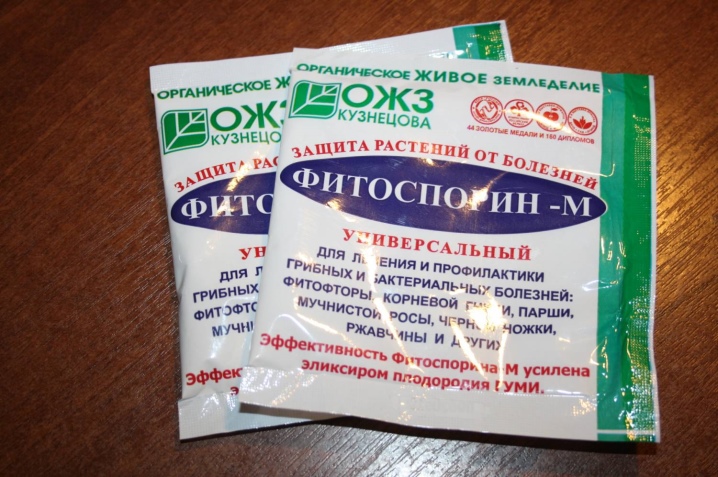
Other
Other diseases are also widespread, due to which the strawberry foliage dries out. Among them, spotting is often found: brown and white. With brown spotting, black or brown spots are formed on the leaf, which grow and subsequently capture the entire terrestrial part. With white spot, about the same thing happens, only a white spot forms in the middle of the leaf, subsequently a hole may appear there.
There is no cure for these two diseases. To avoid spreading, diseased plants must be disposed of. After that, the land must be treated with Bordeaux liquid.
Bushes that have not been affected by the disease are recommended to be sprayed with copper sulfate or a solution based on wood ash or laundry soap.

Another common disease is late blight... It actively affects the foliage of the bush: brown spots form on it, after which it begins to dry. The consequence of this is the rotting of the berries: hard spots form on them, the fruits themselves lose their sweetness and softness.
The disease is treatable. To combat it, Bordeaux liquid and "Fitosporin" are used, but it is worth considering that all these funds can be used before the fruit ovary. Solutions made according to folk recipes can also be used, and they are usually completely non-toxic.Most often, such mixtures are made on the basis of serum, laundry soap.
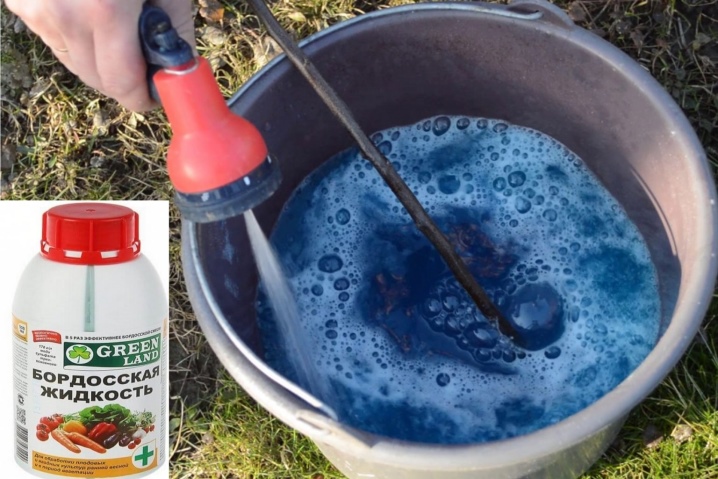
Pest control
Pests also often cause foliage to dry out. Among the parasites that like to feast on strawberries, there are strawberry mites, strawberry weevils, slugs and nematodes. The symptoms that appear after the attacks of harmful insects are similar: the plant begins to develop worse, since the pest actively feeds on its juices or infects the root, which subsequently causes the foliage to dry out and the berries to die.
You can understand which insect attacked the plant by a number of signs. So, the strawberry mite leaves behind an oily coating, and it appears most often in conditions of high humidity and temperature.
The strawberry weevil gives itself out in color: it is a black insect with a downward-curved proboscis.
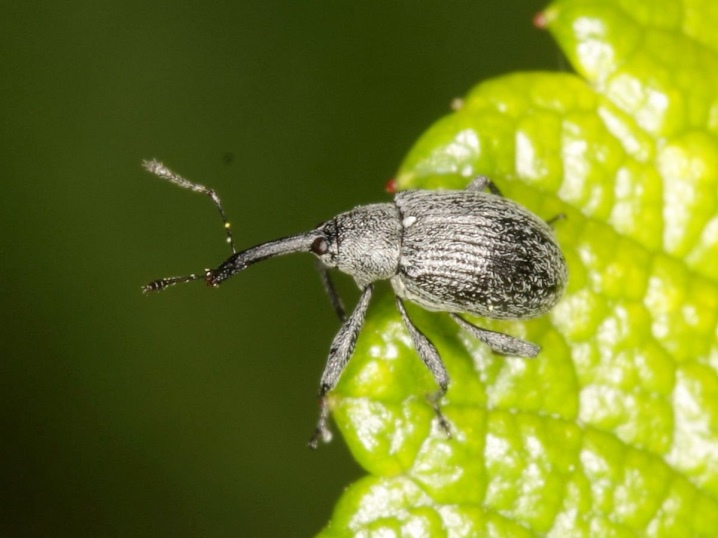
Usually against these two insects they use "Karbofos"however, it can only be used before flowering and after harvest. Folk remedies based on birch tar or laundry soap can also help. However, in some cases, when the insects managed to breed, which often happens with ticks, the heavily affected bushes are removed, and the rest are thoroughly sprayed.
Slugs, which are difficult to spot during the day as they activate at night, are best used mulching with sawdust and needles, as well as various solutions... Mixtures based on mustard or green herbs work best against this pest. Nematoda can also cause curling, shrinking and yellowing of plants. To prevent her from appearing in the beds, it is recommended to spray strawberry bushes with a 5% solution of copper sulfate or pour garlic tincture on them.
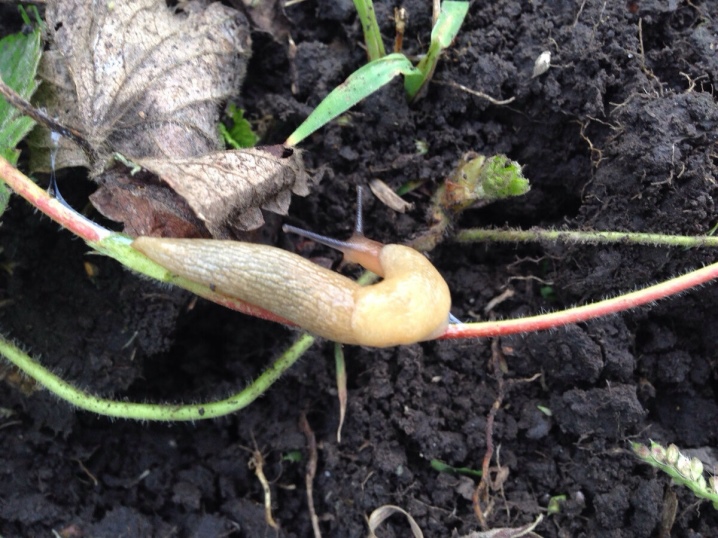
Prevention measures
In order to prevent the appearance of pests and diseases, it is necessary to follow certain preventive measures.
- So, strawberries need moisture. However, it is not only its deficiency that is harmful, but also its excess, because high humidity often becomes the cause of the development of the fungus.
- If you grow the plant in a greenhouse environment, then it is recommended to ventilate the greenhouse more often. Otherwise, there is a risk of the emergence and active reproduction of harmful insects.
- Treat strawberry bushes regularly with folk remedies: this will help prevent the occurrence of parasites and diseases.
- Try to get rid of old and dried foliage... It is recommended to burn it, as pests and spores of harmful fungi often hide in it, which will easily survive the winter and become more active next year, depriving you of your harvest.
- Weed and weed regularly... Most often, they are the carriers of parasites.
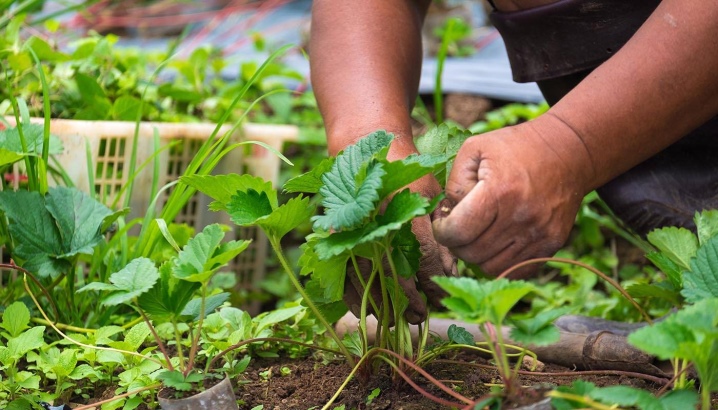













The comment was sent successfully.